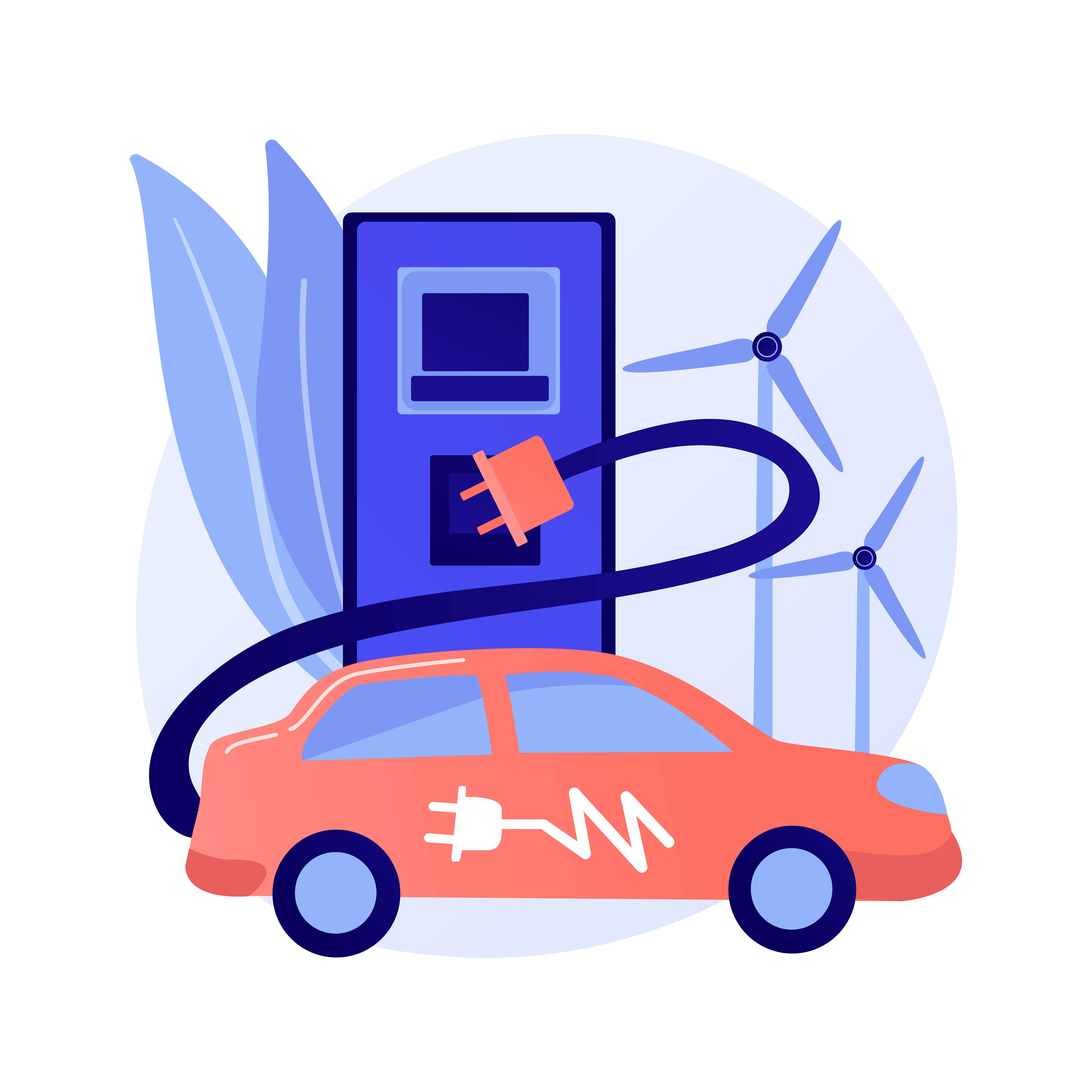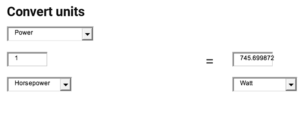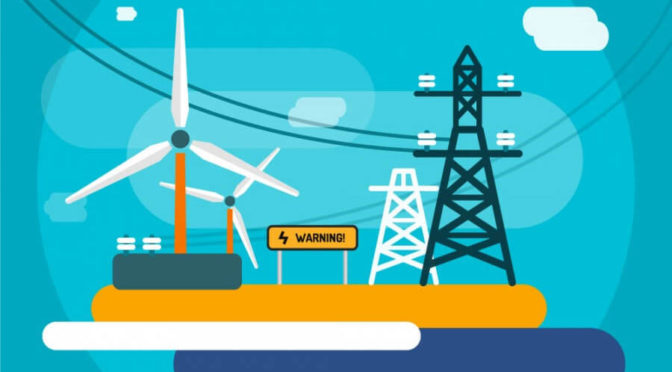by Dale Klingbeil
Custer County ,Colorado
—1/18/2024

You have seen recent problems with EVs not charging in cold weather. Power outages have made this event even more concerning. Here are some thoughts and considerations.
First and foremost, EV batteries does not operate well in cold weather. The stated optimum temperature range for EV batteries is; 53 to 113 degrees Fahrenheit. They lose significant power in the cold, (the colder the temperature, the lower the output and shorter the power output span).
First, Let’s Look at House Generators:
I have always considered a 3500 watt generator as a suitable output to support an average residential home. Now consider a rural home with a well pump and maybe a septic tank pump. Maybe add an outside light or two and a separate garage with lights and heat. Maybe a 5000 watt generator would be a better choice.
In summary, if you have all of the switches on in the house and you have your generator running, the 3500 watt generator is suitable to power your home. This probably
will not be enough watts if you have an electrically heated home.
Another consideration is that the start up of electric motors require 3x energy to start. Only momentarily. But still a draw.
The basic calculation for average home would be:
1214 watts times 2 to account for startup; equals 2428 watts. If the power was all motor driven devices that calculation now become times 3, (or 3642 watts). But it is not likely that such a requirement is likely in a personal residence.
See “How Many Watts Does it Take to Run a House? | EnergySage”
https://www.energysage.com/electricity/house-watts
Web Feb 16, 2023 · Key takeaways.
On average, it takes about 1,214 watts to power a home in the U.S. The actual amount of electricity it takes to run your home depends on what …Email: support@energysage.com
Given all of the variables in this event, you should hear the audible sound of the engine on the generator open the throttle and run with a higher decibel, (sound measurement) to accommodate the startup electric power requirement.
When you turn the “MAIN” switch on and with everything in the house switched on, you could hear the generator engine speed slow until some of the electric devises have started and the engine power recovers. All good again.
As a side note, consider my 15,000 watt generator connected to a 40HP tractor PTO, (power take off) shaft. This power generation combination was running at the required RPM. When the device switch was switched on, the running generator wanted to power the load, but the “start up” power required was, too large. The 40 HP tractor had plenty of power. In calculated terms, a 20 HP tractor could handle this load, (HP= Horsepower).
In the calculation, Power is electric, and Horsepower would refer to ICE, (Internal Combustion Engine).
Convert units

FORMULA for an approximate result, multiply the power value by 745.699872
We don’t know what device was switched on or what else was already operating.
The result was that the trailer on which the generator was mounted on was lifted off the ground and started to spin in the air. During this movement the trailer frame was bent into a half-moon shape. But, more importantly the PTO shaft connecting the tractor to the generator was twisted off and the end of PTO shaft which was still connected to the tractor was now free and spinning at some 540 RPM, flailing in the air. Dangerous for sure.
Now understand that this is farm use, and some exceptional electric demands were placed on this generator when the switch was turned ON.
However, the same will be noted when an excessive power load is “switched on” your home (3500 watt) generator. This would only be noted in very extreme conditions. The result will be less dangerous. Very simply the engine will stop abruptly. You will not be able to restart the engine until the electric power switch is turned off. Unless of course some internal device in the generator will allow the startup of the engine before the electric load is reapplied.
Many of the “standby generators”, have the onboard electronics in the on-board controls to adjust the start up conditions to reduce the initial load and allow for smooth operation throughout the startup cycle. When correctly installed this “standby” unit will not stall out or stop running.
Just for basic knowledge all systems in the home are set up for 60 cycle operation. Thus, the generator is usually set at 3600 RPM, (60 times 60 equals 3600 RPM). By the way, one-minute equals 60 seconds, ie. 60 cycles.
Now, Let’s Look at Charging an EV with a Generator:
This does not take into account an EV charging station.
Now, for the new enthusiasts which may have an EV in the yard or in the garage. A 3500 watt generator will not support the load to recharge your vehicle. As I have witnessed personally at a charge station, 7300 watts were being consumed by a single EV
being charged. It is to be understood that three times the energy to “start” this system is not required. But, do understand that the load required to charge this EV is twice what the (3500 watt) generator can produce. Do not increase the generator speed, this will not charge faster. It will only disturb the 60-cycle operation and requirements of the EV charging system. A “standby generator” may not have enough power to charge an EV. I have not found a smaller portable generator setup specifically to charge an EV. With current portable generator technology, you will probably run out of fuel before the EV is fully charged.
I reviewed a You Tube presentation with a 7000 watt generator with the result being unacceptable.
Just for fun, my new 15000, watt, (15Kw) generator connected to my tractor will handle the charge requirements very handsomely. The “wired in” and grounded connections are necessary. My 40 HP tractor/ generator will run very comfortably. Even a 20 HP tractor will do the job. You will not have any trouble or worry that the gen set will lift off the ground. Even with two EVs attached at the same time. This is now Level II charging at 240 volts and will still take 10 to 20 hours to charge to FULL.
Worries with big expenses to overcome. Cold Temperatures as we have had recently only make all of these circumstances more difficult. Keep your Diesel or other ICE vehicle
available for these cold temperatures to ensure reasonably normal operations in Colorado cold.

